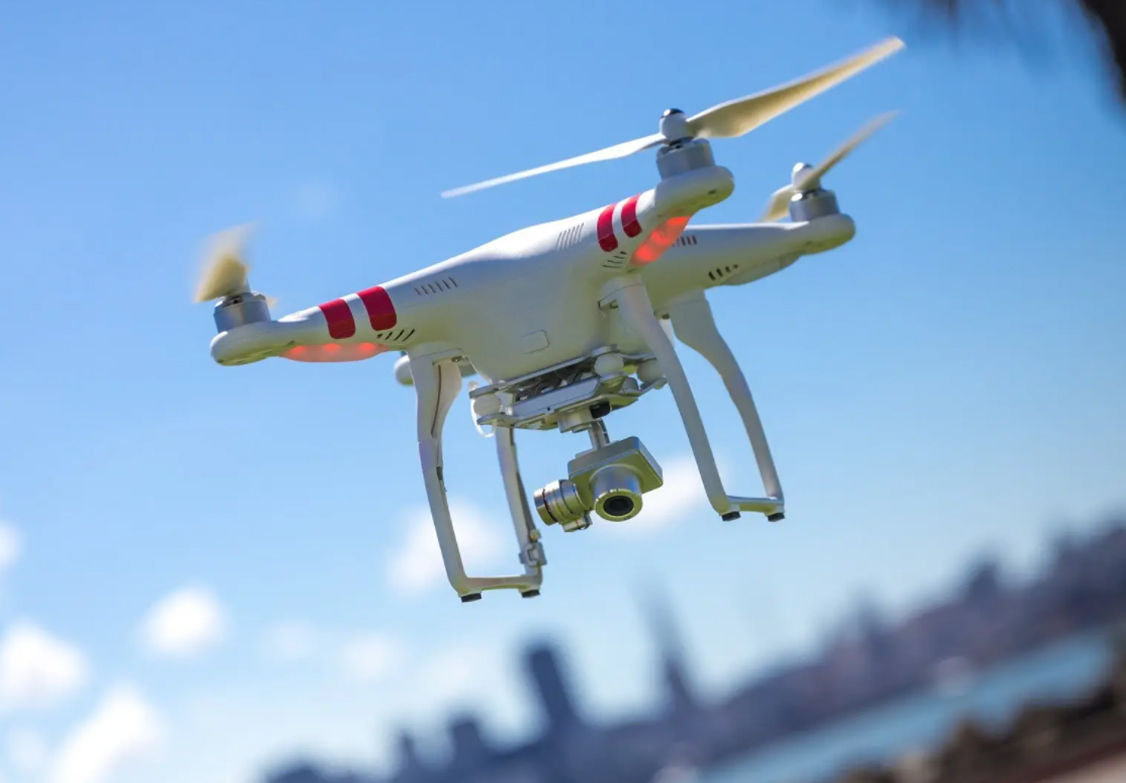Mini drones have revolutionized the world of remote-controlled flight, offering enthusiasts a chance to explore the skies with ease. Compact and often surprisingly powerful, these tiny machines are perfect for both novices and experienced pilots alike. Whether you’re interested in aerial photography, racing, or simply enjoying the thrill of flight, mini drones provide an accessible and fun way to engage with the technology. These small drones are often designed with simplicity and user-friendliness in mind, making them an excellent choice for beginners. Equipped with intuitive controls and featuring robust safety measures, mini drones can be flown out of the box with minimal setup. Their size also makes them ideal for indoor use, providing endless entertainment regardless of the weather outside.
Advantages of Mini Drones

Mini drones stand out for their portability. Unlike larger drones, you can easily carry them in a backpack, making them ready for spontaneous adventures. Despite their size, many mini drones are equipped with features found in their larger counterparts such as HD cameras, GPS, and even obstacle sensors. This means you can capture stunning aerial shots without the need to invest in bulkier equipment. Furthermore, mini drones are often more affordable, allowing enthusiasts to experience advanced drone technology without breaking the bank.
Battery life and flight time are two critical considerations for any drone pilot. While mini drones typically have shorter flight times due to their smaller batteries, advancements in technology are continually extending these limits. Some mini drones now offer modular battery systems, enabling quick swaps to keep you flying longer.
The Thrill of Racing
One of the most exciting aspects of owning a mini drone is participating in drone racing. This growing sport has been popularized by high-speed competitions and is an adrenaline-pumping experience. With lightweight frames and powerful motors, mini drones are capable of thrilling speeds and agile maneuvers. Joining a local drone racing club or community can provide valuable experiences and connections. These groups often host events and offer tips to improve your piloting skills, making drone racing accessible and inclusive for everyone.
Choosing the Right Mini Drone
Before you purchase a mini drone, it’s essential to consider what you want to achieve with it. Are you looking to capture high-quality videos, develop your piloting skills, or perhaps both? Different models cater to unique needs, so researching and comparing options is crucial. Look for reviews and customer feedback, as well as specifications such as camera quality, range, and flight modes.
Compliance with local regulations is another important factor. Always check the legal requirements for drone flight in your area to ensure you’re flying responsibly. Some regions require drone registration, while others have specific guidelines on where and how drones can be flown.
Durability and Build Quality
Mini drones, due to their lightweight nature, might appear fragile, but many are constructed from resilient materials that can withstand minor bumps and collisions. It’s wise to invest in a model with good durability, particularly if you plan to fly in challenging environments or are prone to accidental crashes. Spare parts and accessories, such as propeller guards and bumpers, can also enhance a drone’s lifespan.
As mini drones continue to grow in popularity, manufacturers are continually pushing the envelope with innovative features and improved technology. From enhanced stabilization systems to AI-assisted flight patterns, the future of mini drones is undoubtedly bright and full of promise.
FAQ
Q: How high can mini drones fly?
A: Mini drones typically have a lower flight ceiling compared to larger drones due to their size and battery limitations. Most can fly up to 100-200 feet, which is sufficient for most hobbyists.
Q: Are mini drones suitable for kids?
A: Yes, many mini drones are designed with beginners in mind and have features like altitude hold and headless mode to assist new pilots. Always supervise children when they are flying drones and instruct them on safe flying practices.